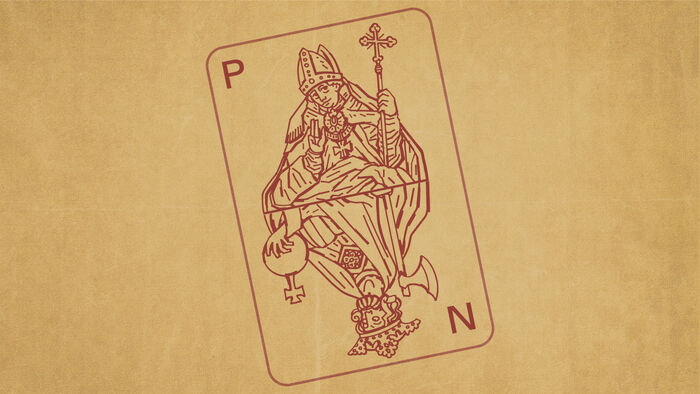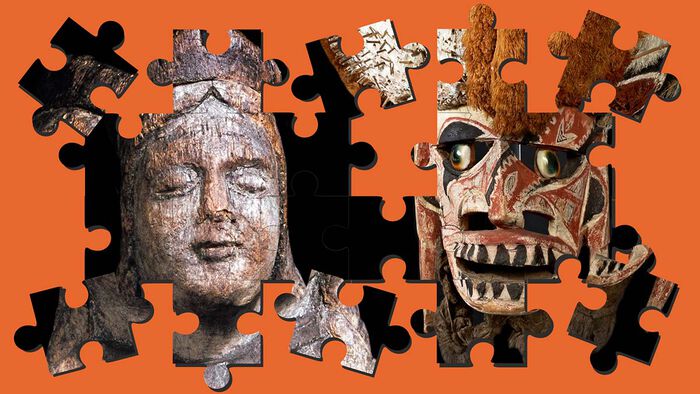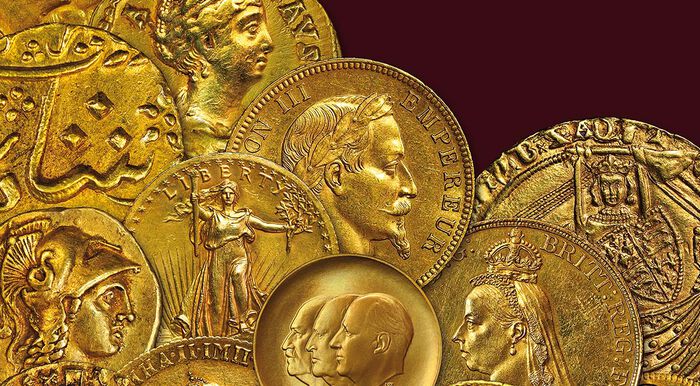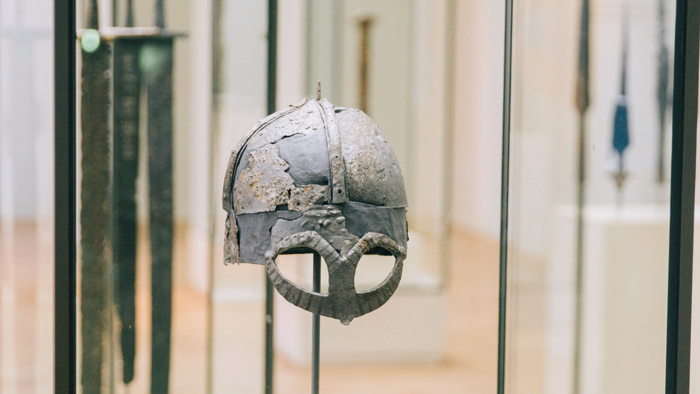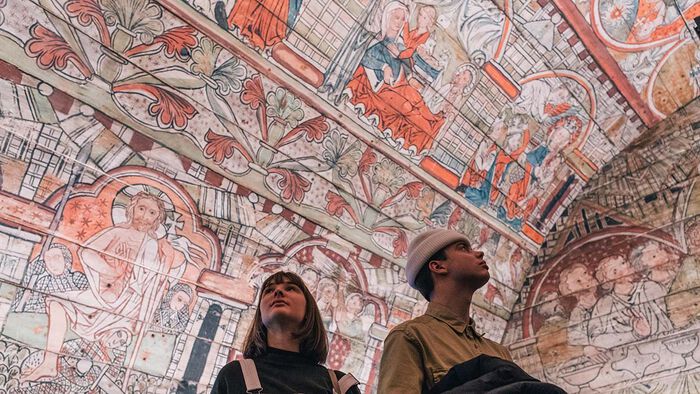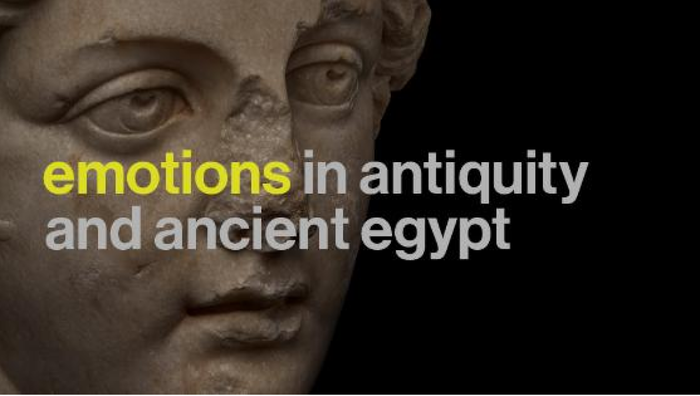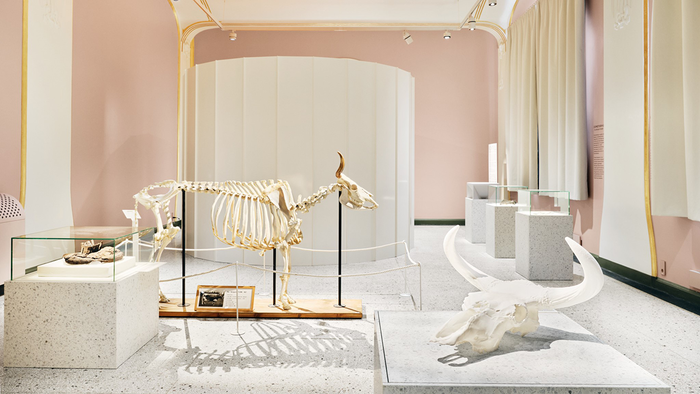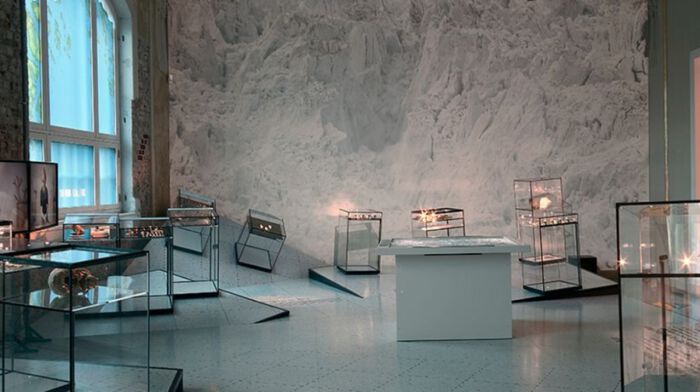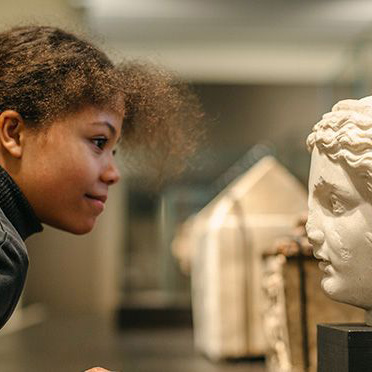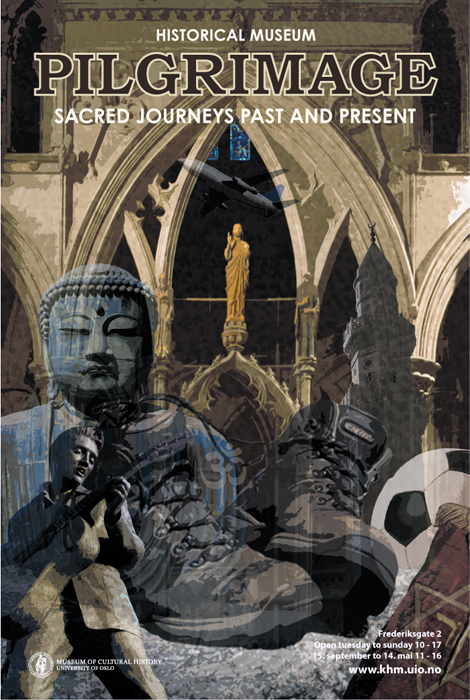
Most religions have sacred places and pilgrims who visit them. In ancient Greece, people flocked to the temple of Apollo in Delphi. The Temple in Jerusalem was the goal for Jews during the celebration of Passover (pesach). Hindus still travel to Varansi to bathe in the holy Ganges. Pilgrimage is a living tradition in Islam, and millions of Muslims make the journey to Mecca each year during the hadj.
This exhibition was the idea of the museum’s own academic staff and most of the objects on display come from our medieval collections. Although the story of medieval Christian pilgrimages plays a central role in the exhibition, we also follow the paths of pilgrims from today’s Norway. Modern-day pilgrims tell us why they made their journeys, creating a complex picture of what it means to be a pilgrim today.
Deeply felt religious beliefs still lead many pilgrims to old and new destinations. Others merely enjoy taking a long walk in a cultural-historical setting, with plenty of time for thought and reflection. It’s not always easy to draw a line between the modern pilgrim and the tourist. We also meet people who travel to secular “shrines”, journeys that have much in common with traditional pilgrimages.
Content
Resources
Original version
See the page in its original state
All text in this exhibition © Museum of Cultural History
